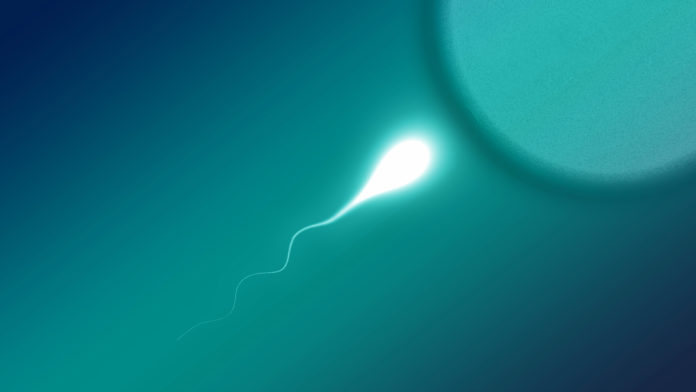Although conception is often conceptualized as a race, the fastest swimmers don’t necessarily make the best sperm for a successful pregnancy. In truth, being the first to make it to the egg has less to do with brute force speed, and more to do with agility and being able to navigate tiny passages and tight corners. It’s less like a sprint and more like an obstacle course.
When it comes to infertility, we still select sperm based on swimming speed. The standard method is just to use a a centrifuge to collect all the sperm in a pellet at the bottom of a tube and to wait to see which ones make it to the surface the fastest. But we now know that this does a poor job of replicating the challenges sperm would face in natural conception, and centrifugation can even damage the sperm in the sample.
That’s why David Sinton, professor of mechanical and industrial engineering at the University of Toronto, wants to find a better way to sort sperm. He and his PhD student Reza Nosrati (now a postdoctoral fellow at Queen’s University) created a microscopic obstacle course to select for the fittest sperm. Their method for treating male infertility is now on its way to clinical trials.
The device builds on Sinton’s specialization in microfluidics, a field where networks of microscopic channels on a chip are used for everything from testing cell mobility to miniaturizing diagnostics.
It also builds on his team’s recent discovery that sperm don’t just swim in the usual 3D corkscrew-like fashion; near walls, they actually slither in 2D with their heads closely aligned to the surface. This 2D slithering boosts swimming speed by about 50 percent, and this is the motion that is required to navigate narrow or mucus-filled segments of the female reproductive tract, like the fallopian tube.
The microfluidic obstacle course is like a maze that better replicates these challenges. The entire maze is about the size of a thumbnail and it takes about 10 minutes for the fastest sperm to swim all the way through, narrowing a field of 100 billion sperm down to a thousand. Sperm need to navigate thin channels and round tight corners to be one of the first to emerge.
This is important because there are physical defects in up to 90 percent of human sperm in men with infertility that can negatively impact their ability to swim. Sorting out the sperm that make it out of the maze faster yields an 80 percent improvement in sperm DNA integrity, an important factor in the viability of the resulting embryos.
If they can prove that their microfluidic maze boosts embryo health and viability, this fast and simple test could go a long way toward helping men conceive.





































